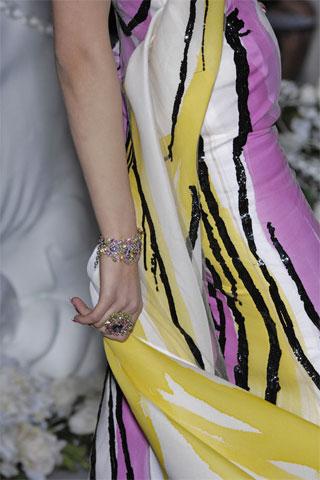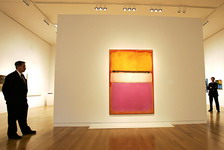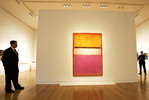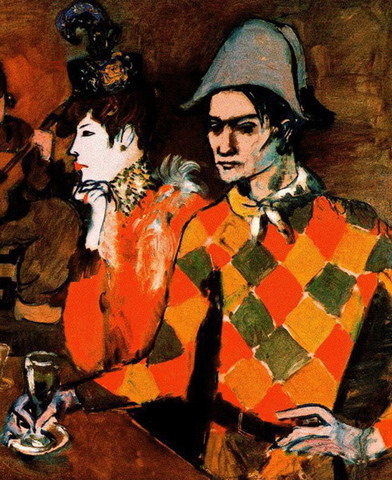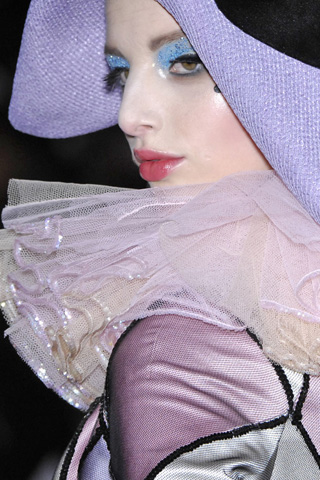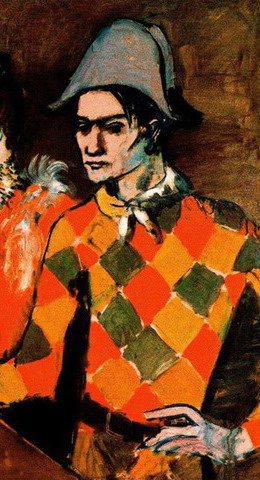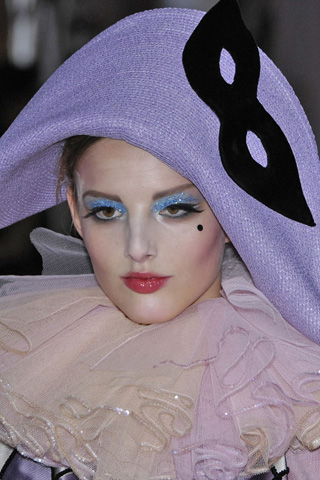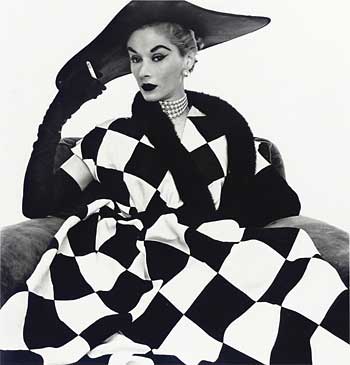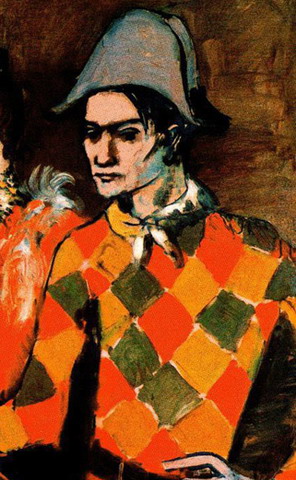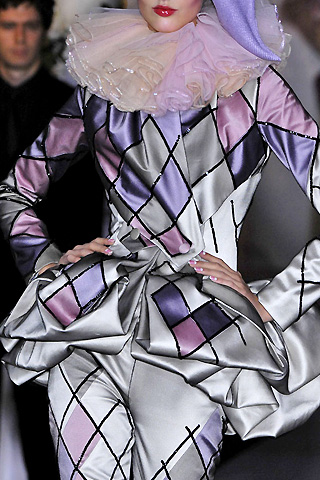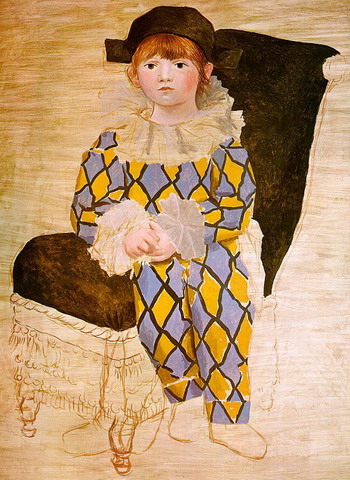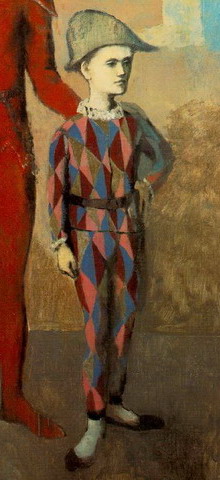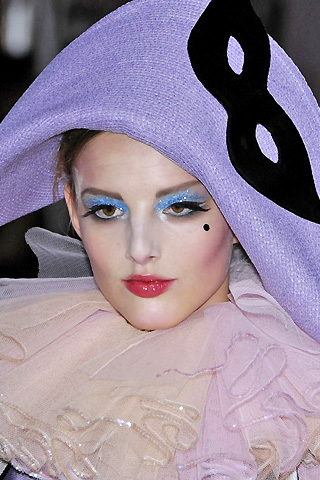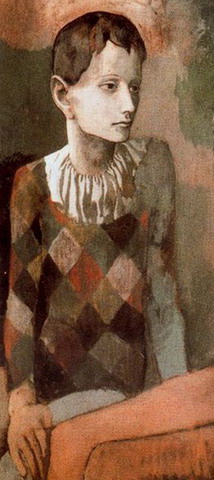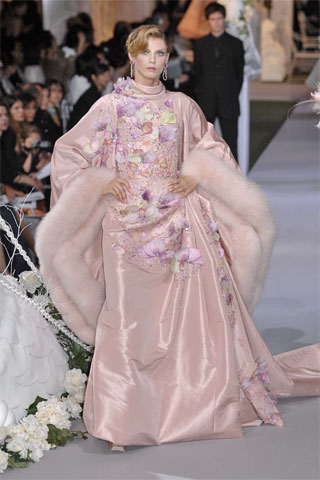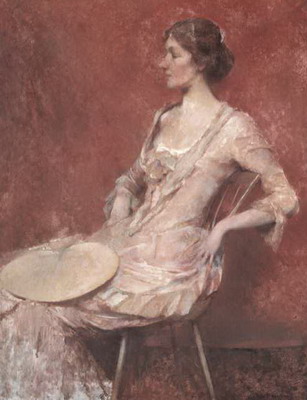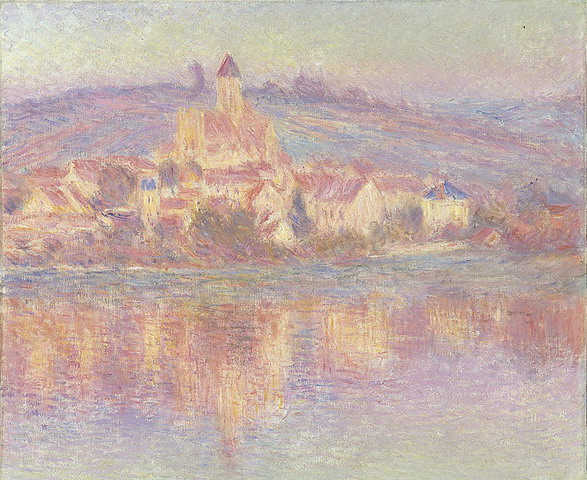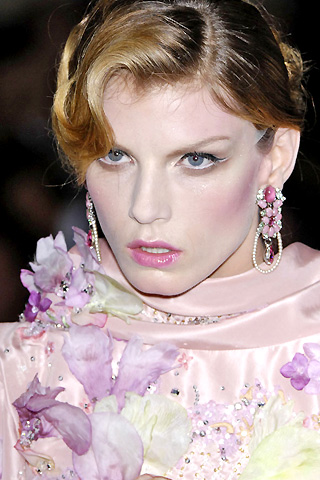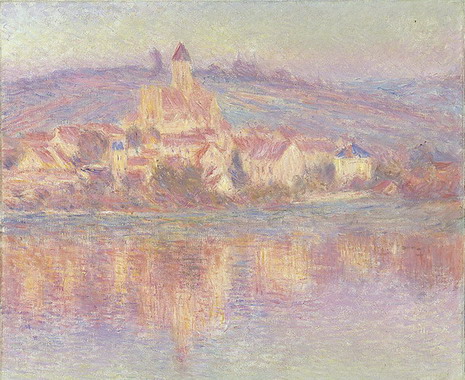To the right: Brazilian model Gisele Bundchen, showing off a new interpretation of Dior's New Look silhouette, which was introduced in 1947 and caused an incredible amount of controversy in Paris for its overuse of fabric at a time when there was still a post-war fabric shortage. To the left is a detail from the March 1948 cover of Vogue. |
| Photos by American photographer Irving Penn of his then-wife, the Swedish model Lisa Fonssagrives-Penn, who appeared on more magazine covers from the 1930s to the 1950s, than any other model in the world. She is said to be the world's first supermodel, and once described herself, supermodestly, as a "good clothes-hanger"! |
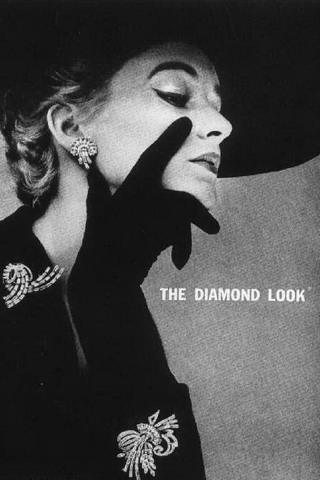 |
 |
The January 1950 issue of Vogue said: "If fashion documents were the only ones in existence, it would still be possible to trace with some accuracy the social and political history of a period. Since fashion is our business, we devote these pages to recounting in this way, the tale of the last half-century: that recent history which, just because so recent, frequently presents to myopic man an image more blurred than that of distant periods. Irving Penn, among the most gifted of photographers, has reconstructed with imaginative insight a series of fashion landmarks: the clothes, the accessories, coiffures, make-up, settings – and, in this net of physical properties, has caught the mental attitudes of past times." You will see that Galliano has done the same, in his own brilliantly synthesizing of completely different styles from different cultures and time-periods. This collection is, I would say, the most ambitious that has ever been created by him, or any designer, for that matter. |
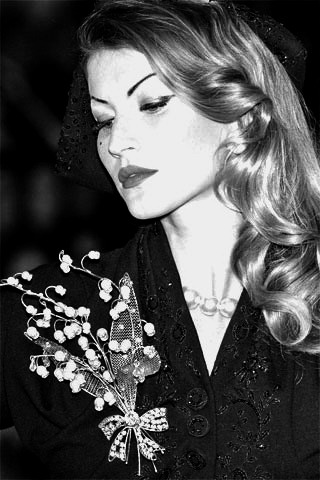
|
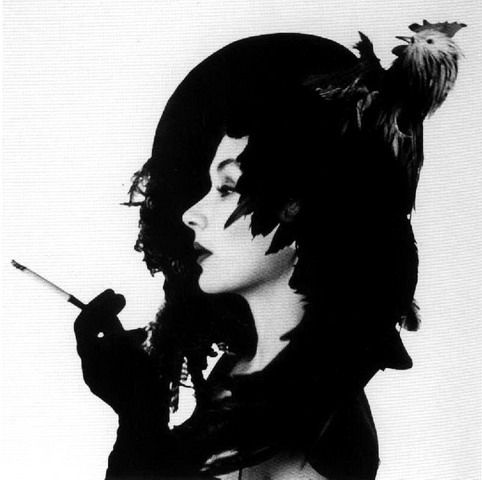
|
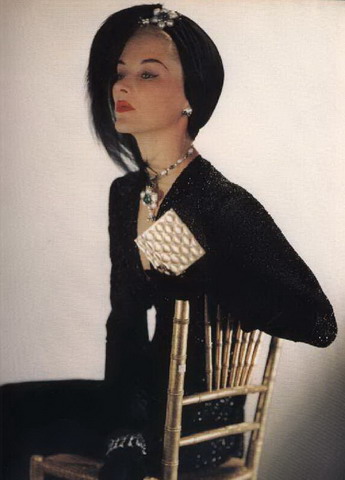 |
|
While Lisa Fonssagrives-Penn was the world's top model for nearly 30 years, Gisele Bundchen holds the current title of World's Richest Supermodel for at least the past 3 years now, according to Forbes magazine. She is both the highest paid and the one with the most contracts, and pulls in some $33 Million a year. Now if that doesn't induce an instant case of "status anxiety" in a man, then...he probably doesn't care about women...or money...or...life! (Probably, right?) |
Vogue cover from the late 1940s. |
"I think it's better when you're natural, when you just do whatever you want, instead of doing classes where I see all these other people holding back because they've been trained with certain skills or techniques. I'm like,
WHATEVER." |
A design by the French artist Jean Cocteau, which was used on the back of a jacket by one of Dior's contemporaries, the Italian designer Elsa Schaiparelli. I felt it went well with the symmetry of the above image... |
Detail from the the painting titled "Sophistication" by early 20th-century American painter Harry Wilson Watrous. |
Vogue cover from March 1, 1947, by Rene R. Bouche -- Was this a foreshadowing of the Dior's New Look, or just a similar look from the time? Hmm... |
Vintage illustration by Rodger Duncan, from the Fern Mitchell Fashion Illustrator Network online. |
Vintage illustration by Lawrence Mynott, from the Fern Mitchell Fashion Illustrator Networks online. |
Lisa Fonssagrives-Penn in Vogue magazine, from January 15, 1940, and Gisele Bundchen, from the the Dior Spring/Summer 2003 ad campaign. Note the curve of the hand on the book, and the curve of the lip... Nice! |
A wider view of the March 1948 Vogue cover...who's that guy sitting on the floor and painting?? Awesome. |
Deutsch-Brazilian model Raquel Zimmermann, and the Vogue cover from March 1, 1953, by Erwin Bluementhal, |
A photo-portrait of Lord David Cecil, by Cecil Beaton (yes, same name twice). |
Italian model Mariacarla Boscono -- From her interview on Fashion File: "Models--they're probably like the most sensitive, insecure girls ever. Why? Because we always have to, like, prove our beauty, and this is like very inhuman, you know? Because beauty is just beauty, you're born like that! If you think I'm cute, all right, if you don't think I'm cute,
WHATEVER." |
Photo-portrait of German actress Marlene Dietrich from 1942, by German photographer Horst P. Horst (yes, same name twice in a row!). |
Photo "White Sleeve," by Horst for Vogue, 1936. |
Three photo-portraits by Cecil Beaton: actress Gertrude Lawrence; then the socialite Paula Gellibrand, Marquise de Casa Maury; and then Gertrude Lawrence again. Clearly, Beaton was fond of this particular concept. |
Close-up the portrait titled "Sitting Algerian Almaiisa" by Italian painter Amadeo Modigliani, 1916. |
Danish model Helena Chistensen; photo by Horst for the House of Givenchy, 1985 (actually). |
A portrait of Paloma Picasso in a dress by Yves Saint Laurent, Paris, 1979. |
"Mainbocher Dress" by Horst, 1936. |
Drawings from the French artist and film director Jean Cocteau. |
Polish model Magdalena Frackowiak, a popular face from the runway, now paired with some others :D. |
That on the right would be a screen-still from Cocteau's 1936 adaptation of "Beauty and the Beast." |
The defining New Look "bar suit" from Dior, 1947. Note the relation of picture #3 to picture #1, cooool... |
"The negative is comparable to the composer's score and the print to its performance. Each performance differs
in subtle ways." -Ansel Adams, early 20th-Century American photographer. |
Belarussian model Olga Sherer, and the Vogue cover from from September 15, 1936, by Rene Bouet-Willaumez. |
Dior advertisement by French illustrator Rene Gruau, c. 1950. Before using the name "New Look" for the first collection, Monsieur Dior was going to use the name "Corolle," which is French for Corolla, which is the arrangement of the petals of a flower. As the dictionary puts it, the corolla is "the part of a flower that consists of the separate or fused petals and constitutes the inner whorl of the perianth." In the review of the Dior show for Style.com, the fashion critic Sarah Mower noted that “Color came in gradually, first through a hand-tinted 3-D rose whorled center-front on a white bustier dress…” And, if I may ask, who in the world could not be mesmerized by every walking flower of a woman in this bouquet of unimaginable beauty? |
"Self-Portrait with Seven Fingers" by Russian-born painter Marc Chagall, 1913. |
"Palette Hat" by contemporary American painter Nanette Biers; and then another fine image (It wasn't labeled!). |
| "Self-portrait in a Straw Hat," by French painter Élisabeth-Louise Vigée-Le Brun, 1782. Vigée-Le Brun is widely considered to be the greatest female painter of the 18th Century. She is incredible!!! |
Garfield, created by American cartoonist Jim Davis, and two Painter Smurfs, by the Belgian cartoonist Peyo. |
Birdie the Early Bird, the greatest female painter in all of McDonaldland? Well, considering how clumsy she is when it comes to flying, perhaps she has chosen to spread her wings and take flight as an artist...!! :D |
Ukrainian model Mariya Markina, and an illustration by Christian Berard from the cover of a French book about the The Ballet Russe (Russian Ballet) de Monte Carlo. |
"White Center (Yellow, Pink and Lavender on Rose)" by Latvian-born American painter Mark Rothko, 1950. |
"Since my pictures are large, colorful and unframed, and since museum walls are usually immense and formidable, there is the danger that the pictures relate themselves as decorative areas to the walls. This would be a distortion of their meaning, since the pictures are intimate and intense, and are the opposite of what is decorative." -Mark Rothko |
Of his work, Rothko also said: "if you say you are moved only by their color relationships then you miss the point." |
One article about the recent (May 2007) auction of the painting started off by saying: "To the untrained eye, it resembles a Liquorice Allsort or a slab of Neapolitan ice cream." ... It sold for $75,000,000 (£36,800,000). And it says that the man who sold it had bought it even though he was "not even a Rothko fan at the time." |
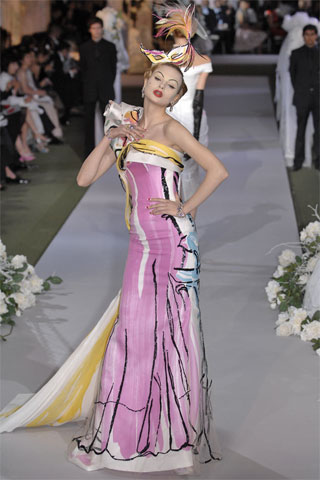 |
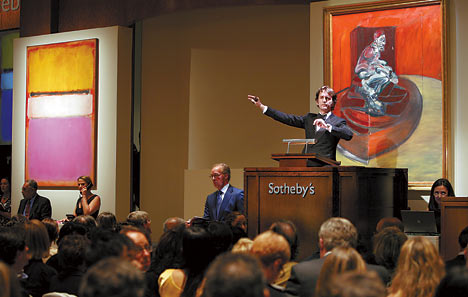 |
Send in the Harlequins ! The Arlecchinos ! Nay--the Arlecchin-aaaa ! (Huh? Read on--)
"Harlequin" by French painter Paul Cezanne, 1890, and Slovak model Michaela Kocianova. The Harlequin was the most popular comic servant of the Italian Commedia dell'Arte, popular in Italy from the 13th to the 18th Century). The Harlequin, or Arlecchino (pr. "Arlekino") in Italian, had an abiding love interest in the female servant Columbina, "and his lust for her was only superseded by his desire for food or fear of his master," as one description puts it. Columbina would usually be depicted in ragged, patched-up dresses, typical of a servant at the time, but "occasionally, under the name Arlecchina she would wear a motley similar to her male counterpart, as we see here! As Wikipedia says, motley refers to the traditional costume of the court jester or the harlequin character in commedia dell'arte." and that the harlequin wears an all-over pattern of diamonds "that is still a fashion motif"--and we can see that, right up to this season! :D It is also noteworthy that "During the reign of Elizabeth I, motley served the important purpose of keeping the fool outside the social hierarchy and therefore not subject to class distinction. Since the fool was outside the dress laws (sumptuary laws), the fool was able to speak more freely." There is a Slovak proverb that goes: "Blázon iba nad svojou škodou zmúdrie." That is: "A fool learns only at his own expense." How true! |
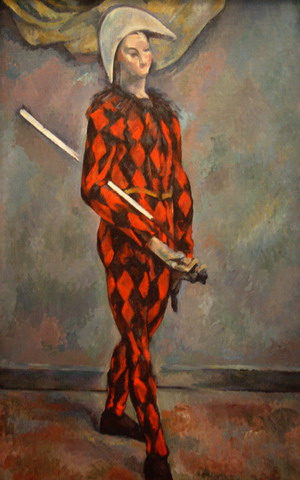 |
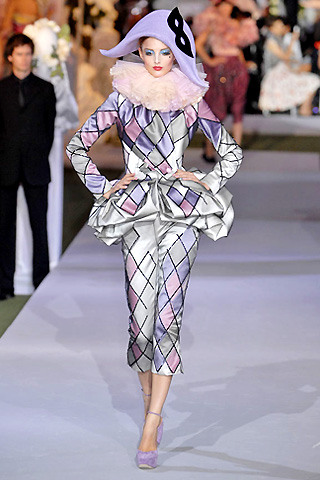 |
| Detail from "Au Lapin Agile," Pablo Picasso, 1904. The Lapin Agile (in English, "The Nimble Rabbit,") was a famous cabaret (performing venue) in the Right Bank of Paris. Picasso was known to hang out there in his early days as a struggling artist. Well, so much for that--the painting sold for $40,700,000 in 1989. (Are you getting all this?? I'm not.) |
What happens next? I'll leave it to your imagination... |
"Harlequin Dress" portrait of Lisa Fonssagrives-Penn by Irving Penn, 1950. The original print of this photo sold for $352,000 in April 2006. I could only imagine what any court jester would have to say about that... |
From Shakespeare's King Lear, Act I, scene iv :
FOOL
That lord that counseled thee
To give away thy land,
Come place him here by me,
Do thou for him stand:
The sweet and bitter fool
Will presently appear;
The one in motley here,
The other found out there.
KING LEAR
Dost thou call me fool, boy?
FOOL
All thy other titles thou hast given away; that
thou wast born with. |
"Paul as Harlequin," Pablo Picasso, 1924. That must be her kid! Would that make him an "Arlecchinino"
? XD !!! |
Awww, and now she's watching the dude grow up! How...twisted. Well, that's life as a performer, what can you do... The hat that she--and he--is wearing is a variation the bicorne, which in other instances is a hat meant to convey religious dignity or military status, as in the case of Napoleon the First...but here it is meant to make quite a mockery of all that. Anyway, yes, those would be yet two more from Picasso: A detail from "Acrobat and the Young Harlequin," 1905, and another detail from a painting of the same name from the same year--clearly this was a preferred subject of his at the time. |
"Columbina's Little Tongue" by Russian painter Konstantin Somov, 1915. She happened to be wearing a tricorne, or three-cornered hat--nice!! She's ready for the masquerade! So yes, to put this in the language of the artist himself:
«Остерегайтесь оригинальности; в женской моде оригинальность может привести к маскараду.»
Or, in English: "Beware of originality; in women's fashion, originality can lead to the masquerade." -Coco Chanel |
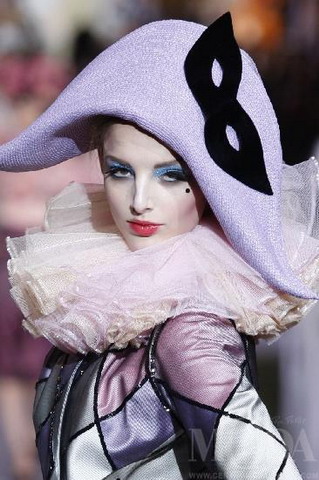 |
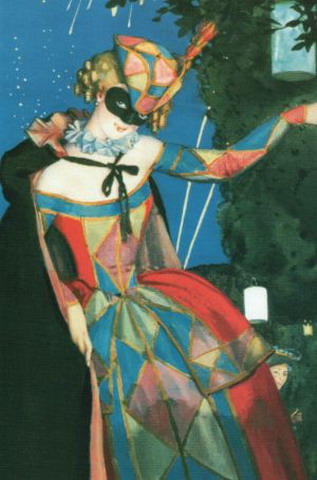 |
"Dancers Behind a Window-Blind" by French painter Edgar Degas, 1880, and Romanian model Irina Lazareanu. Two great quotes from Degas: "I assure you no art was ever less spontaneous than mine. What I do is the result of reflection and study of the great masters; of inspiration, spontaneity, temperament — temperament is the word — I know nothing." And: "The secret is to follow the advice the masters give you in their works while doing something different from them."Well Galliano is certainly doing that in two ways by reinterpreting these artistically depicted women by way of Dior, and reinterpreting Dior by way of these artists! Do I even need to say "brilliant"?!?? |
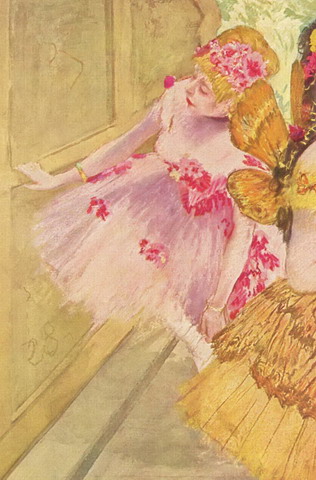 |
 |
| |
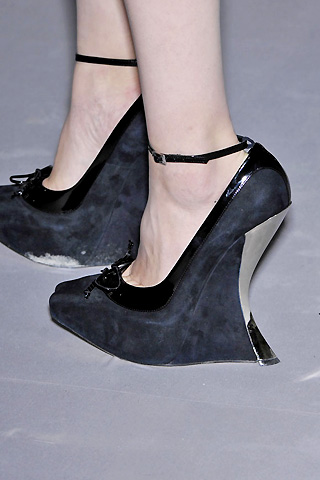 |
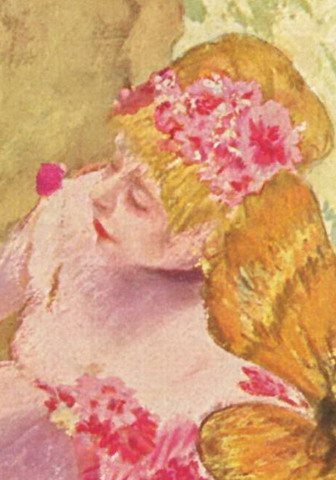 |
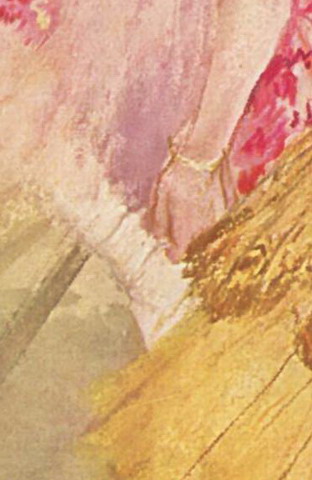 |
 |
 |
| Below: Two details from "Prima Ballerina" (also known as "The Star" or "Dancer on Stage" - not to be confused with "Dancer Taking a Bow" which features a ballerina in the same exact pose, but holding a bouquet of flowers), 1878. The mid-20th-Century British art historian Kenneth Clark once wrote: "To anyone who is not an artist it must seem rather strange that Degas who could do anything — for whom setting down what he saw presented no difficulties at all — should have continued to draw the same poses year after year — often, it would seem, with increasing difficulty. Just as a classical dancer repeats the same movements again and again, in order to achieve a greater perfection of line and balance, so Degas repeats the same motifs, it was one of the things that gave him so much sympathy with dancers. He was continually struggling to achieve an idea of perfect form, but this did not prevent him looking for the truth in what might seem an artificial situation." And Degas himself confirmed this point: "One must do the same subject over again ten times, a hundred times. In art nothing must resemble an accident, not even movement." |
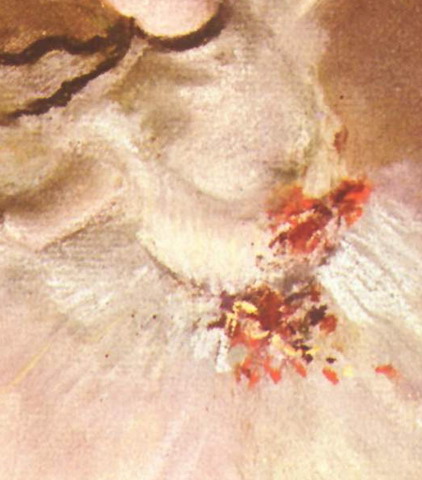
|
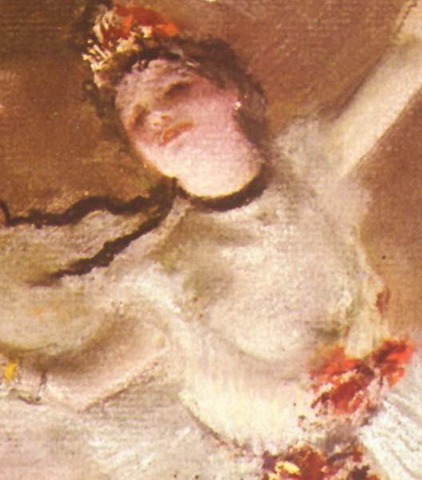
|
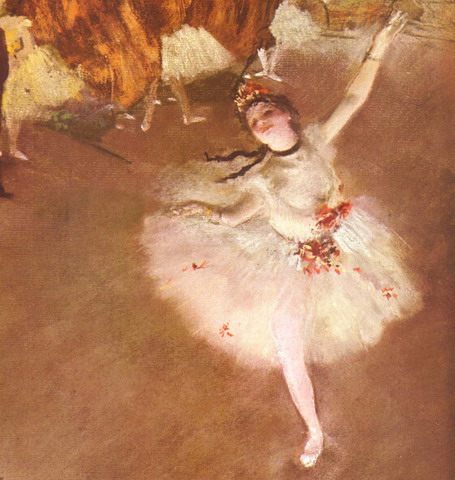
|

|
American model Angela Lindvall, and "The Palm Leaf" by American painter Thomas Wilmer Dewing, 1906. |
Detail from "Vétheuil" by French painter Claude Monet; 1901, and, in reference to that dress, The London Independent reported: "To fully appreciate the excess of haute couture, it is worth noting that one delicate, floor-sweeping gown in particular, appliqued with water lilies and inspired by Monet, required 70 metres of satin, organza and tulle and no less than 230 hours to make." Welp...
~*~ Vive La Couture ! ~*~ |
Detail from "Composition No.9, Blue Façade" by Dutch painter Piet Mondrian, 1914. What does her look say? |
Ah, Merci ! Au revoir !!! |
And YES, I will be revealing sources for ALL 45 Looks in sets of 10 !
|
Related Link: My "Story of Love" Gallery from a few months ago... Follow the narrative, and Enjoy! :D
|
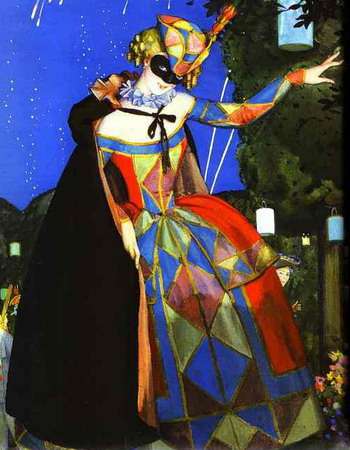 |
References:
Elle.com
Style.com
Most paintings are from Wikimedia Commons -
http://commons.wikimedia.org/
The other classical paintings I found through a Google Image searches.
As for the quotations, I did the same, only with the ordinary Google page.
Disclaimer:
All quotations and images shown on 'thefashioniste.com' are strictly used for commenting purposes, educational purposes, and art appreciation, and not for any commercial or promotional purposes. I do not claim to be the originator of anything but the layout, the descriptions, and the overall concept of the website. It should also be duly noted that all painting images are extremely resized/shrunken and almost all of them are cropped, and are thus in no way meant to serve as a substitute for the whole images, or larger versions of the same cropped images, or the original artwork itself, and I have provided artists’ names and basic information in every known instance. All but 1 or 2 of the above paintings can be found in differently photographed or laser-scanned versions of different lighting, quality, and resolution, at anywhere from 4 to 100 different websites. Again, all quotations and images remain the intellectual property of their respective originators. We do not assert any claim of copyright for individual quotations. All use of quotations is done under the 'fair use' copyright principal. ‘thefashioniste.com’ website is adherent to and protected by copyright and other intellectual property laws.
Copyright 2006, 2007, 2008 TheFashioniste.com. All rights reserved. |
|

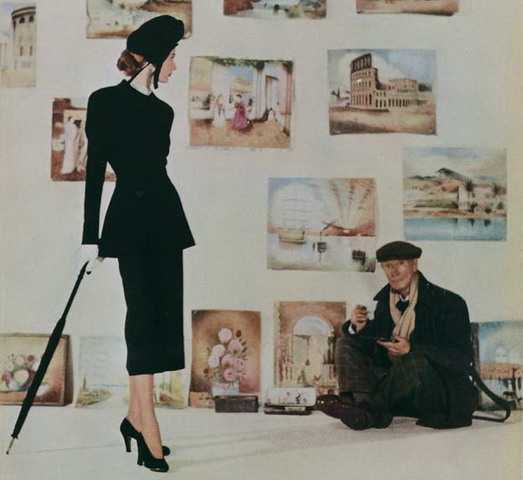
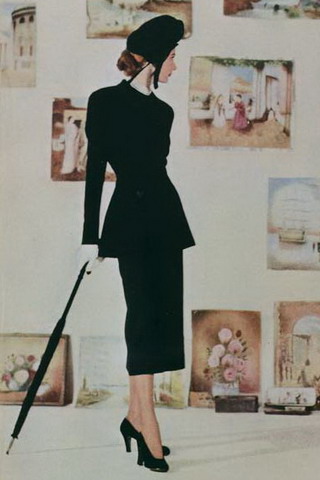






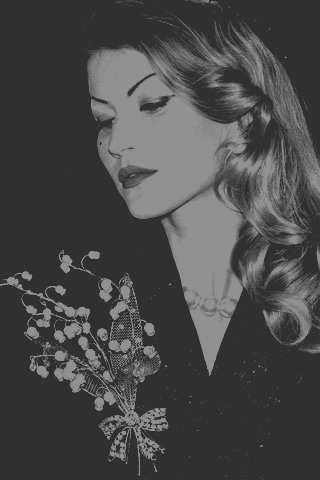
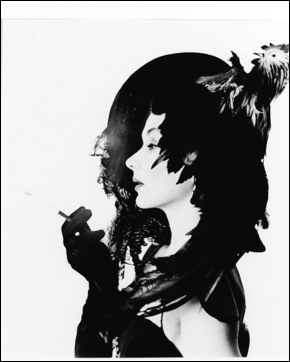
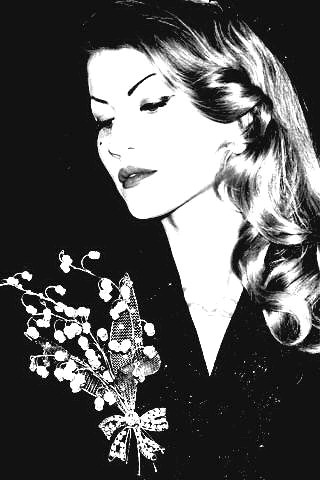
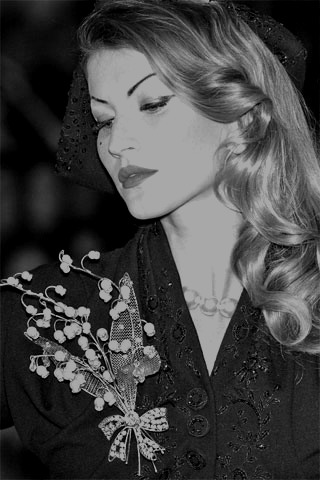
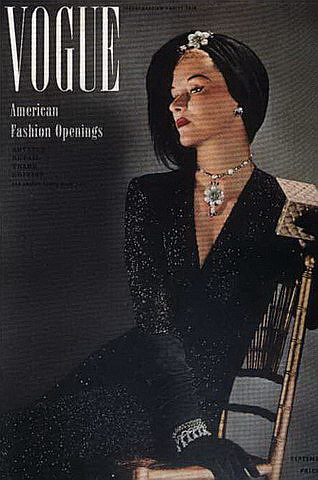
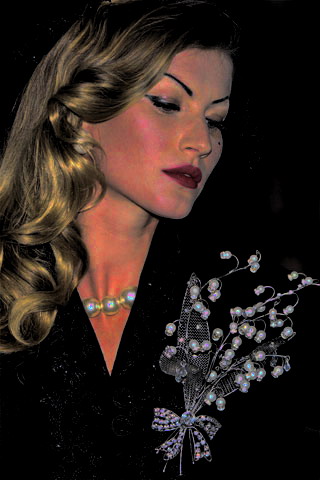
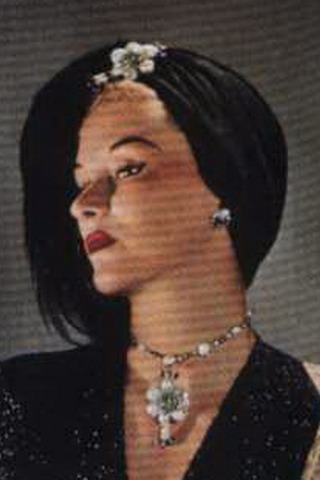
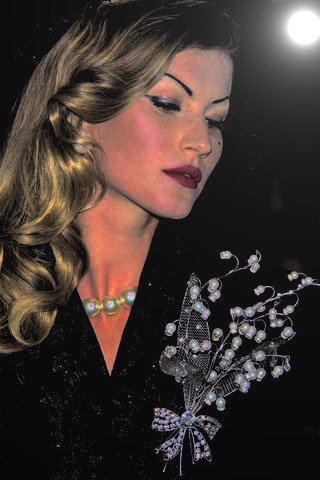
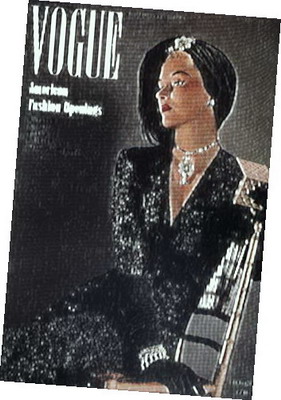
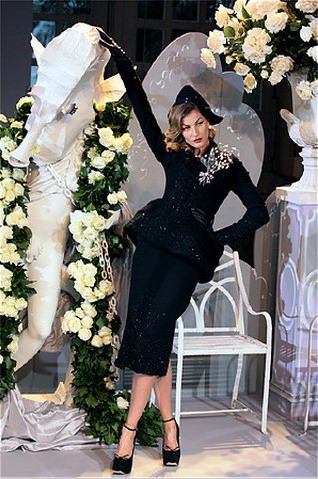
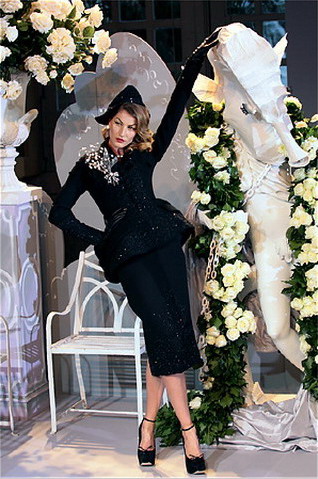
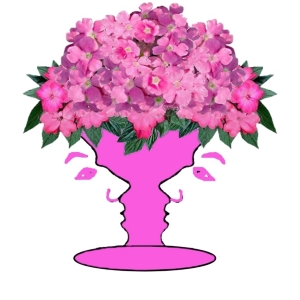
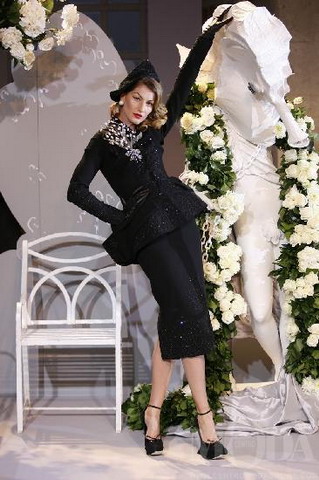

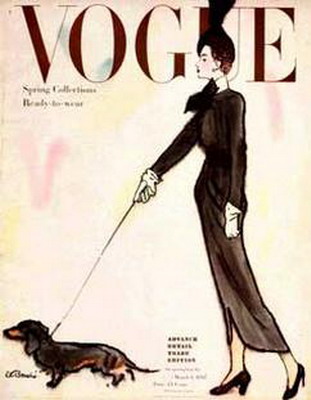

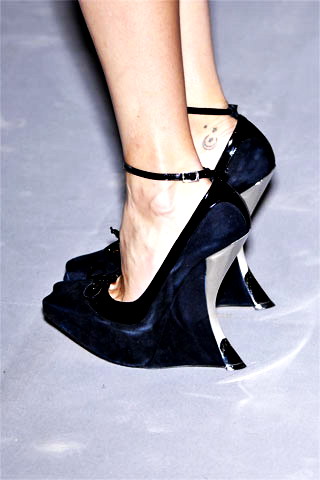
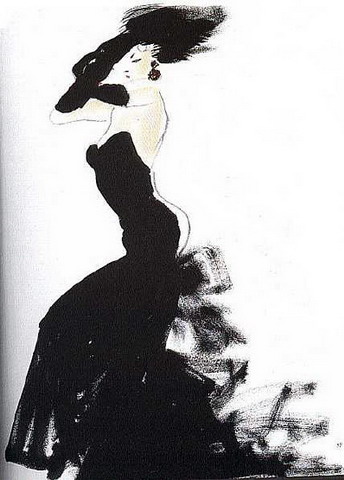
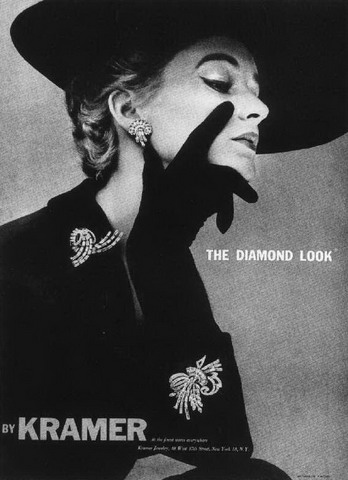
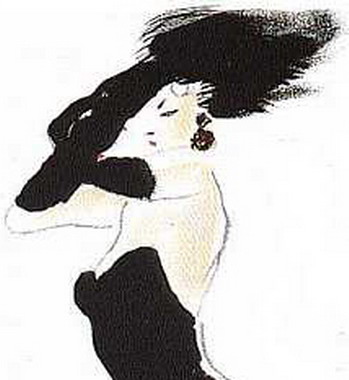
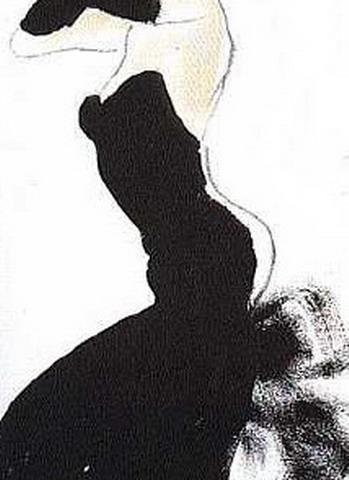

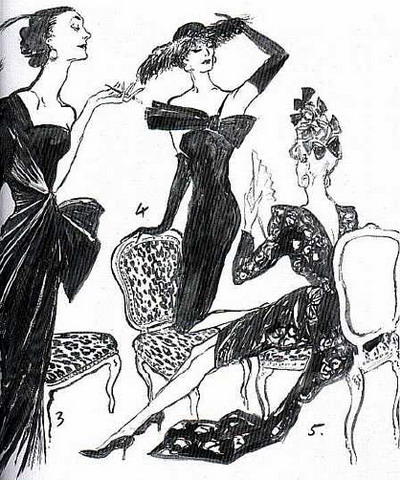
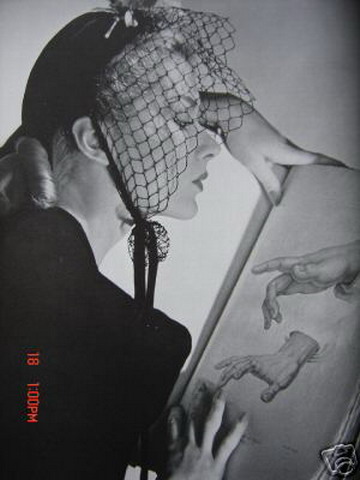
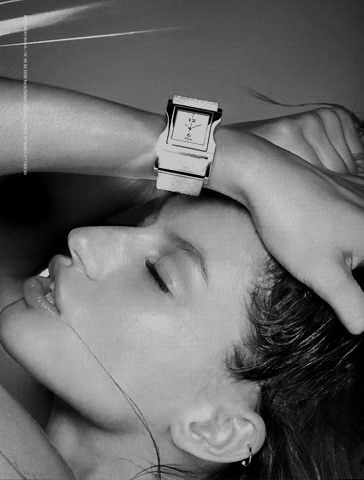
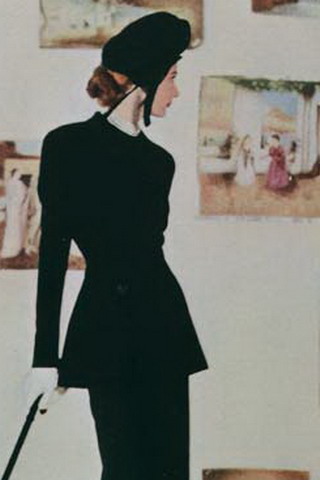



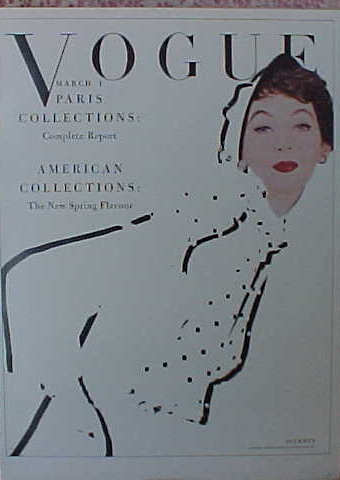

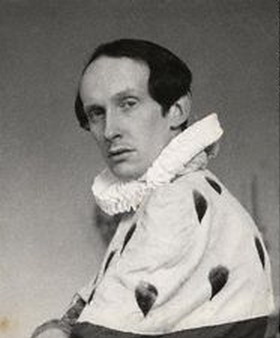

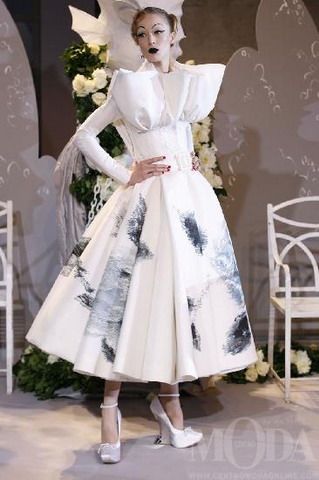

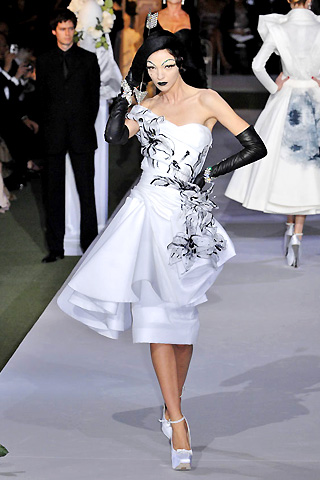
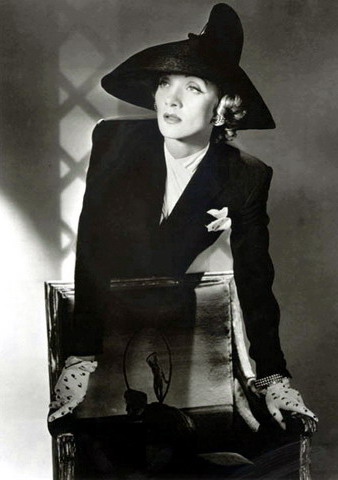
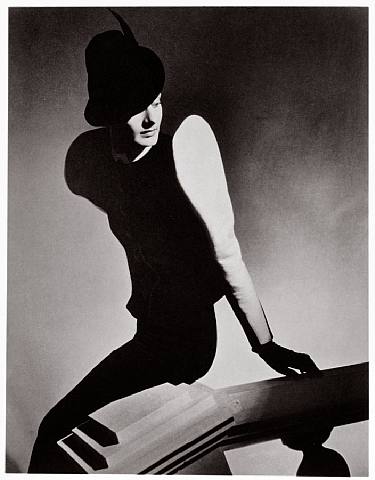
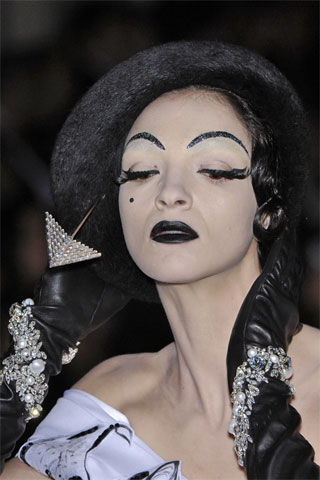
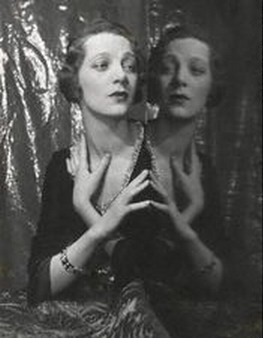
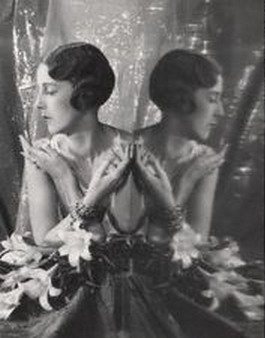
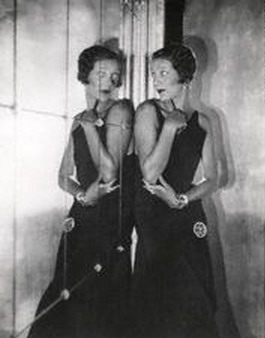
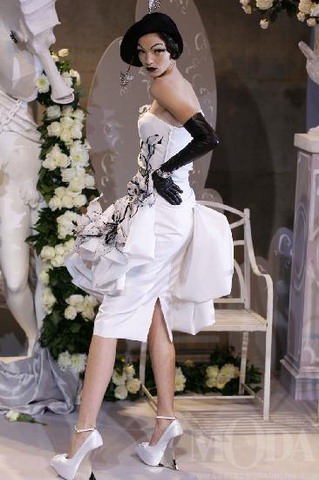
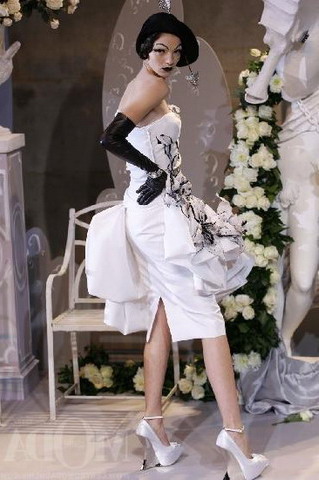
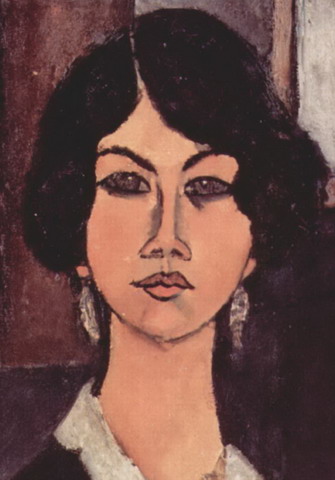
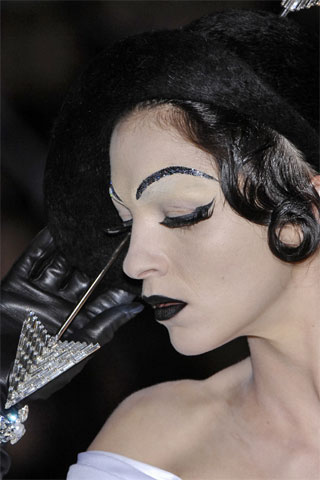

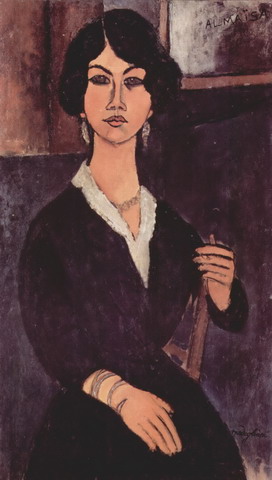

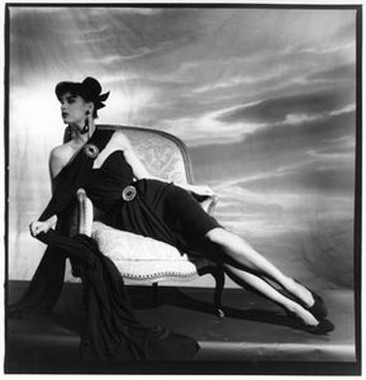


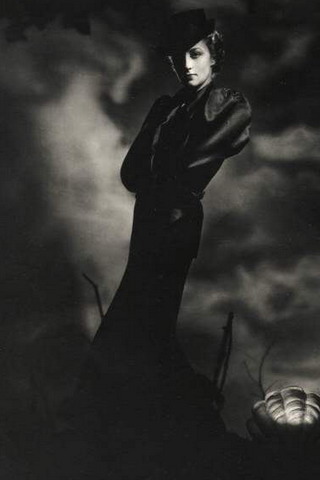

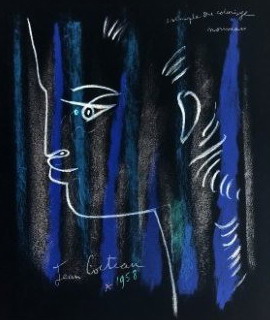
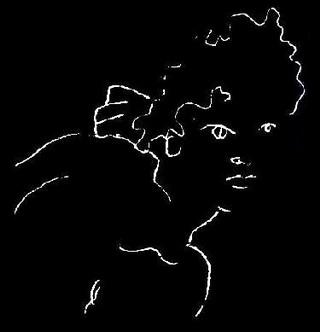


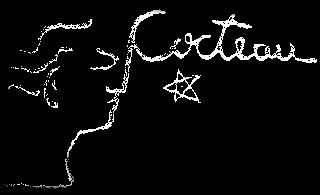
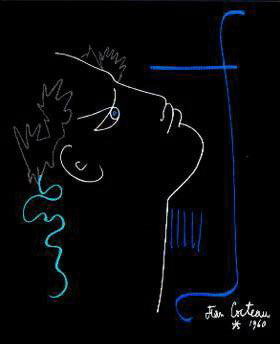
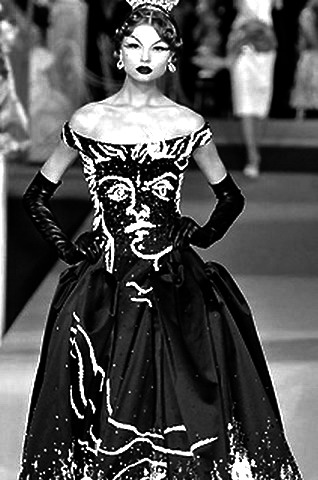
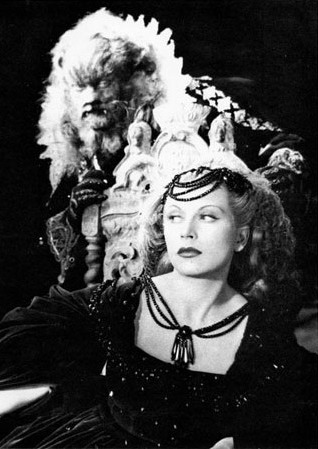
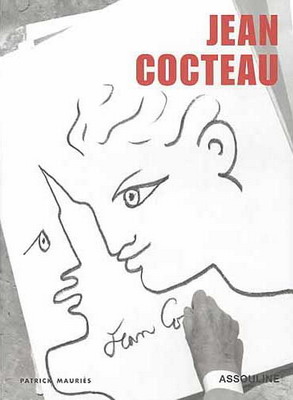
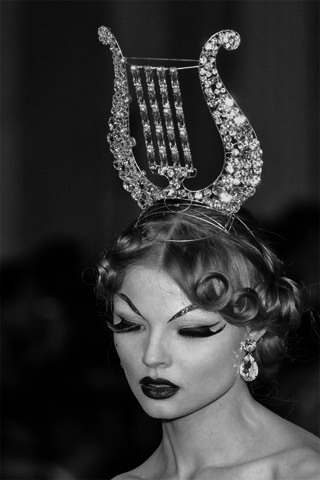
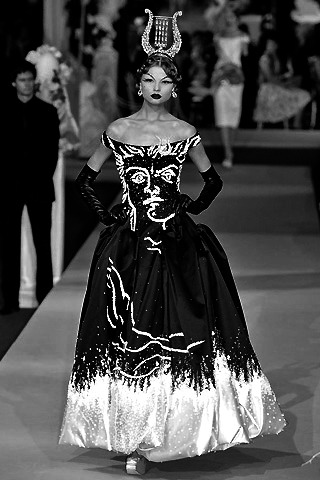
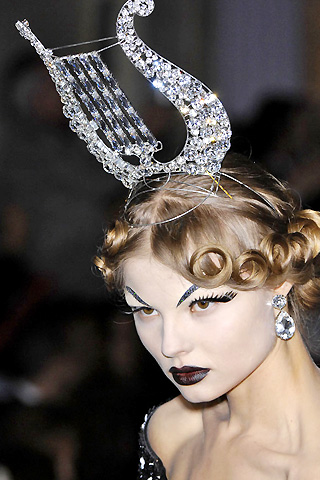
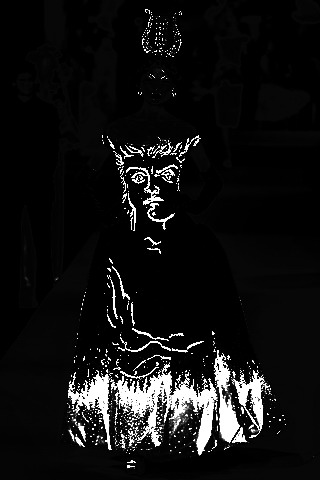
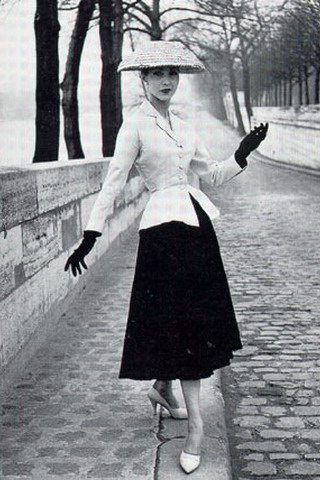
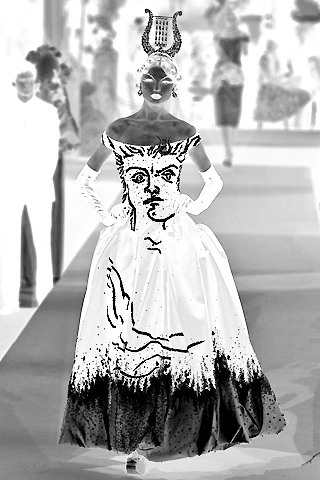
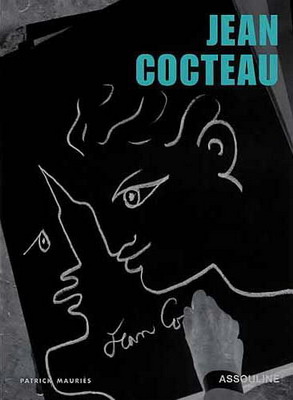
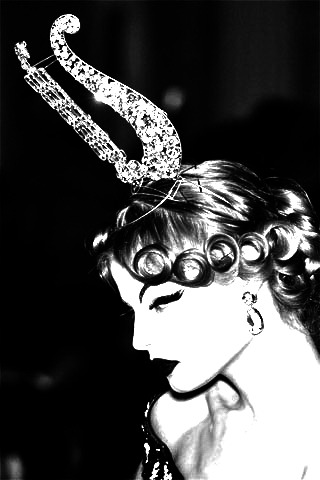
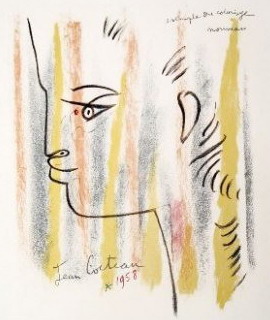
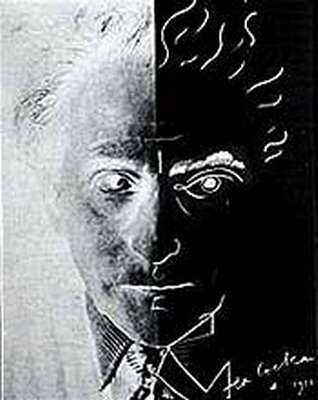
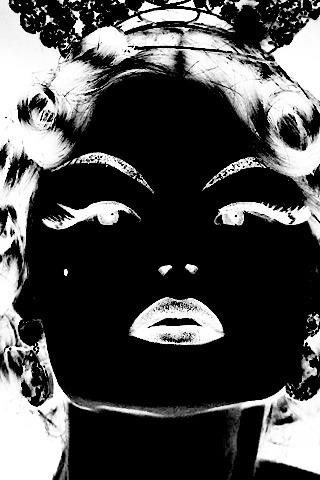
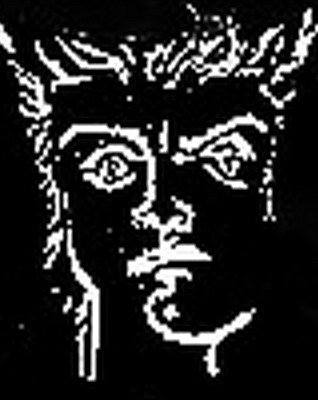
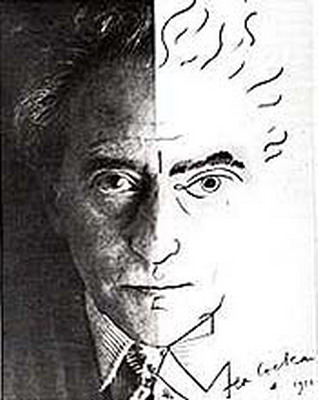
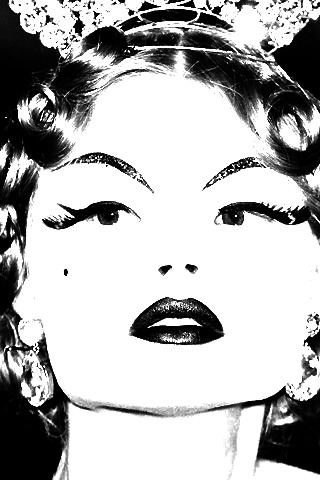
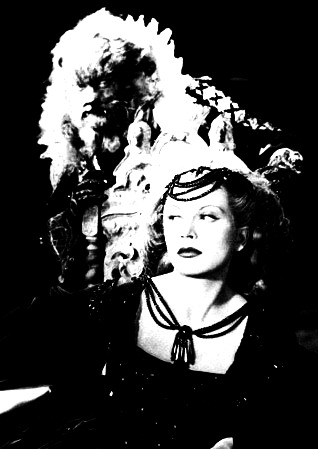
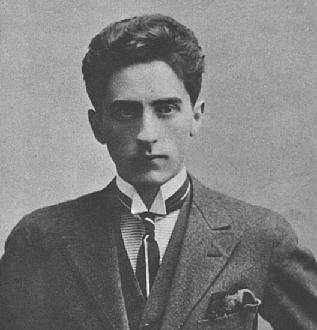
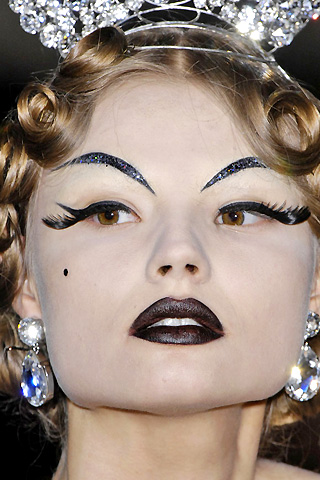
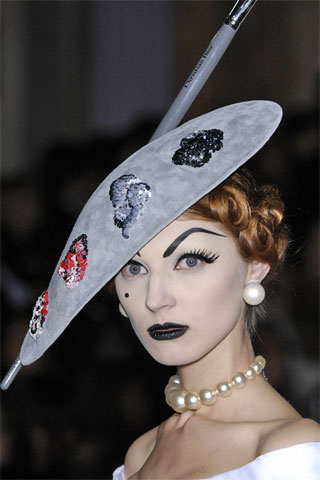

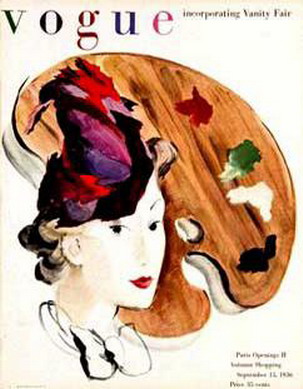
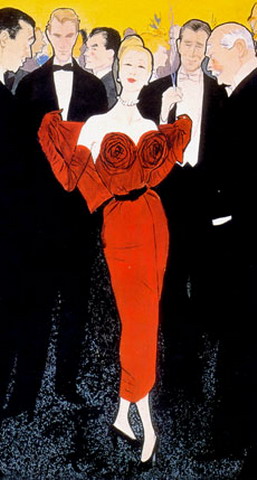
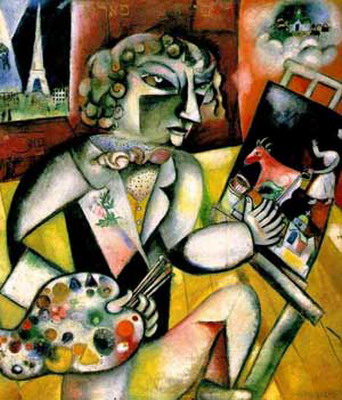
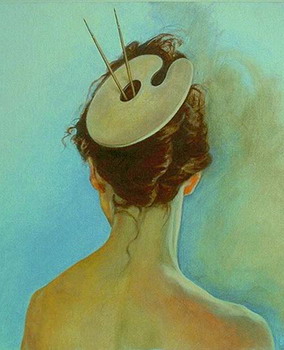
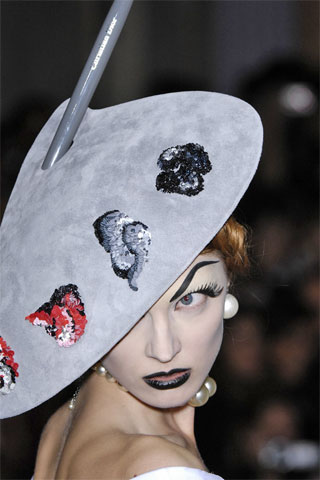

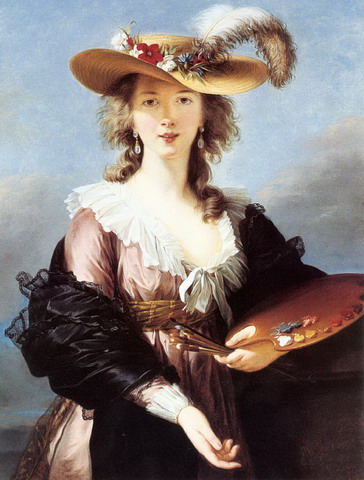

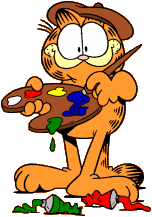
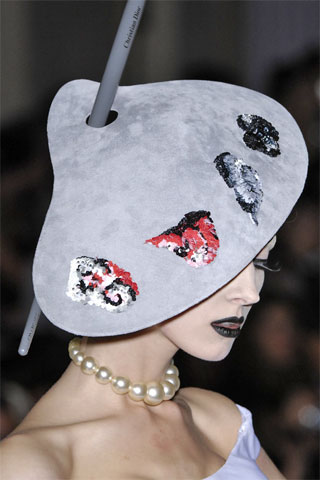
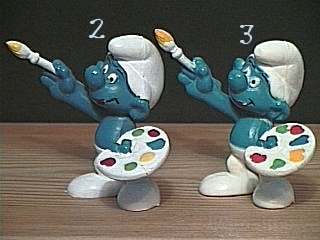
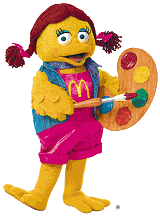

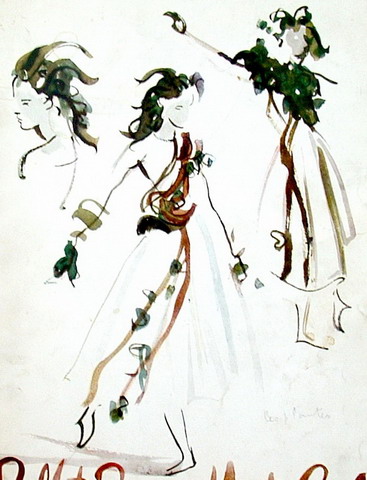
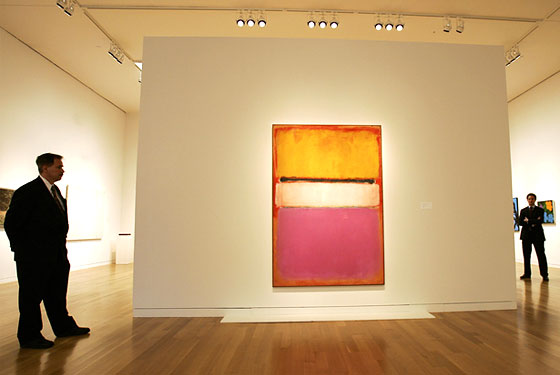
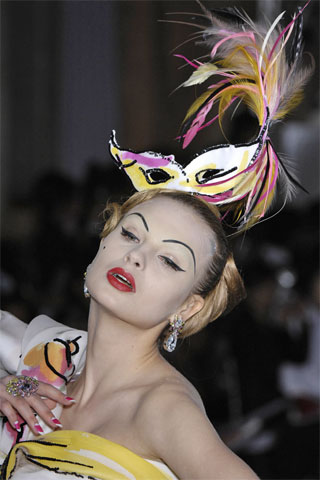
 of white-center-1950.jpg)
 of white-center-1950.jpg)
